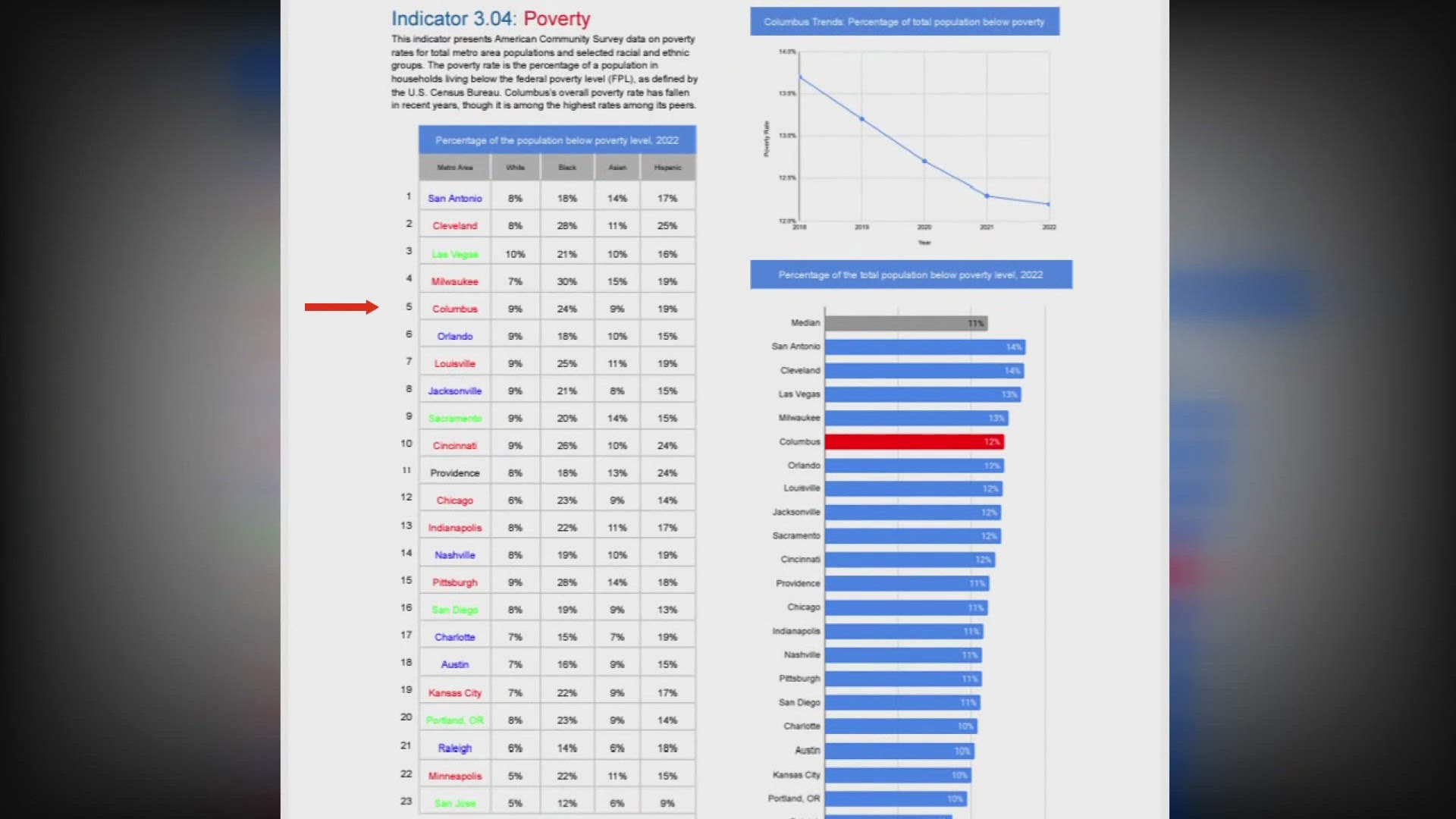COLUMBUS, Ohio — A panel of specialists at the Ohio State University Wexner Medical Center provided an update on COVID-19 during a briefing on Wednesday, including how to avoid misinformation about the virus.
As of Wednesday, more than 64% of all Ohioans over the age of 18 have received at least one dose of the COVID-19 vaccine. While Chief Clinical Officer Dr. Andrew Thomas says this is good news, there is still misinformation circulating around the vaccine and virus.
So, how can Ohioans separate quality information from findings health officials have deemed as weak?
Chief Scientific Officer Peter Mohler says the first thing you should do when conducting your own research is check the quality of the study. This includes making sure the study is controlled and focuses on a group of people large enough to make an impact.
Next, Mohler suggests making sure the study is peer reviewed. That means several physicians have looked at the data and deemed it worth covering.
Lastly, Mohler says quality research is something that can be reproduced in another lab.
"I'm a football fan. I can go out and buy a football, I can buy a whistle and I can buy a t-shirt that says 'coach.' That doesn't make me a football coach," said Mohler.
Mohler says that's why it's important to make sure the information you receive is from scientists who have a background in the proper field of study.
As an example, Mohler pointed to Ivermectin. The animal dewormer drug has become a topic of controversy among some groups who believe it can be used as a form of COVID-19 treatment. This, Mohler said, is not true.
Mohler said many of the studies that previously claimed Ivermectin could be used as a form of treatment have since retracted those statements.
"Some of these things are science being wrong," said Mohler, "but a lot of these things are potentially dangerous and the doses that some of the original studies have come out with."
This comes as hospitalizations continue to rise in the state. According to Thomas, hospitals in Region 7 -- just south of Columbus -- are treating more patients for COVID-19 as of Tuesday than ever reported since the beginning of the pandemic.
Thomas said other hospitals throughout the region could soon see a similar trend.
In an effort to curb the spread, Columbus City Council recently approved an indoor mask order requiring everyone ages 6 and above to wear masks while in public indoor spaces, regardless of vaccination status. Governor Mike DeWine on Tuesday said he would enforce a similar mandate if state legislation did not prevent him from doing so.
You can watch Wednesday’s briefing in the player below:



